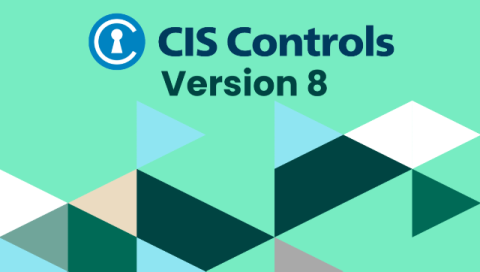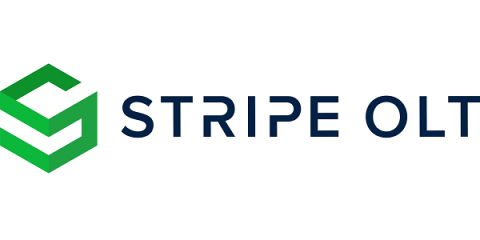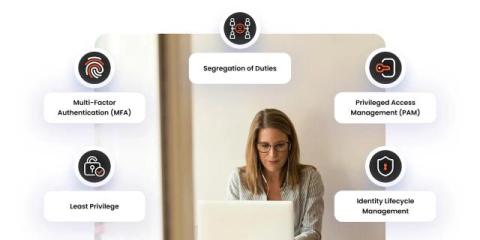How Is API Abuse Different from Web Application Attacks by Bots?
API abuse and web application bot attacks are often confused. This is understandable, as both involve automated interactions and are usually executed by bots. Both attack vectors are prevalent; criminals are always eager to disrupt the foundations on which businesses base their operations to achieve their malicious goals and they frequently automate their actions for maximum results.











